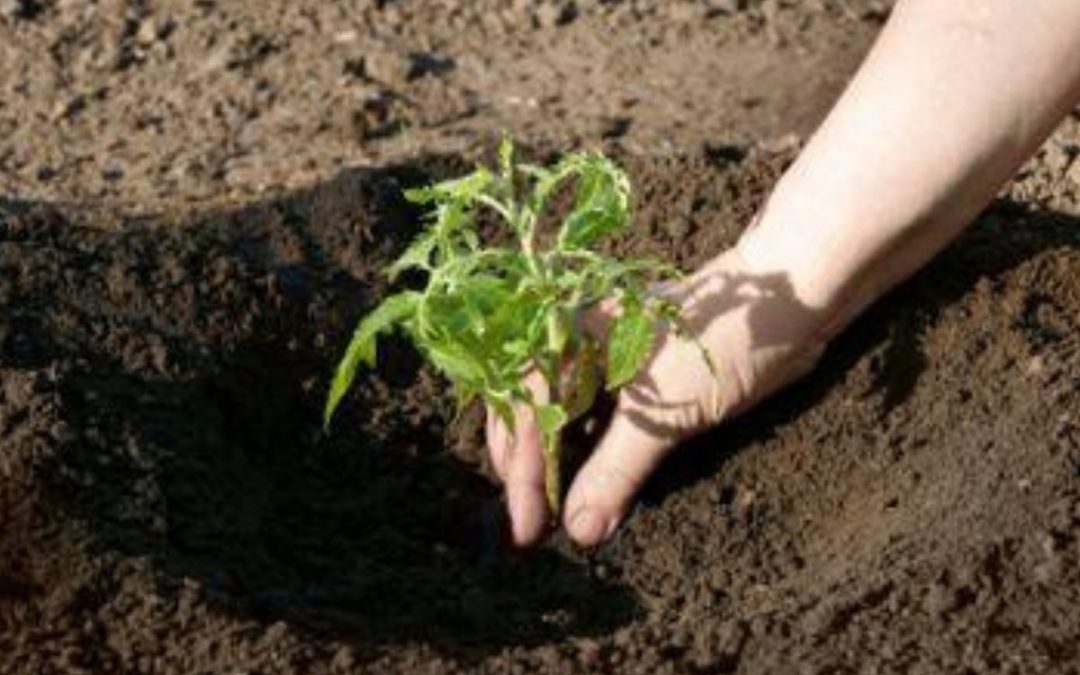Finding the Right Potting Soil Mix
The topic of potting soil may not seem particularly exciting, but it is crucial to the health of your plants. Potting soils were created for plants grown in containers, which have different needs than plants grown in the ground.
Not all potting mediums are the same. Succulents, for example, require different soil than ferns, just as they do in nature. To meet those requirements, various potting mixes were developed. Knowing what’s in your potting soil will allow you to provide your plants with the nutrients they require to thrive.
WHAT EXACTLY IS POTTING SOIL?
Potting soil, also known as potting mix, is made up of various ingredients that promote the growth of potted plants. These mixes are intended to keep the soil from becoming overly compacted, which can suffocate roots and impede water and nutrient flow. A good potting mix will be lighter in weight and fluffy, with the ability to retain moisture. There are numerous all-purpose blends available, as well as more specialized mixes.
Your potting soil may contain the following basic ingredients:
- The primary ingredients are organic plant or animal-based materials. Sphagnum peat moss, rice hulls, processed forest products such as aged or composted bark, manure, compost, bat guano, poultry litter, or earthworm castings are examples of these. Coconut coir, a renewable resource made from coconut husks, is increasingly being used to replace less sustainable peat moss.
- Natural inorganic materials aid in aeration, drainage, and moisture retention. Perlite, vermiculite, pumice, sand, and cinders are examples of these. (For more information on the distinction between perlite and vermiculite, see below.)
- Fertilizers are the primary source of nutrients and can be all-purpose time-release fertilizers, synthetic blends, or nutrient-dense organic amendments like alfalfa meal, bone meal, and kelp meal. If you are growing edibles, avoid potting mixes that contain chemical fertilizers.
- Other ingredients may include lime to balance pH levels, beneficial microbes, and wetting agents to aid in moisture retention. Some manufacturers have their own patented additives.
Fillers such as garden soil or topsoil may be present in cheaper or generic brands, compromising texture and quality. Although brand-name potting mixes are more expensive, they are well worth the extra money. Avoid potting soil with no ingredient list on the package.
POTTING MIX, GARDEN SOIL, AND TOPSOIL VS. POTTING SOIL
- There is a distinction between potting soil and potting mix: even though the terms are used interchangeably. Potting soil may or may not contain soil, whereas potting mix is completely soilless. Because potting mix is sterile, it is safer for plants because it does not contain pathogens like fungus or other diseases.
- Garden soil vs. potting soil: Garden soil is a mixture of soil and soilless ingredients used to improve garden beds. It is occasionally added to homemade potting mixes, but it is not recommended for use in containers on its own because it compacts more easily, causing root rot and drainage issues.
- Topsoil vs. potting soil: Topsoil is soil taken from the earth’s top layer. Quality varies greatly. Though it can be used in beds and borders, it is also used for filling in holes, building berms, and other applications where quality is not an issue. Topsoil is less improved than garden soil and should not be used in containers.
POTTING MIXES TYPES
There are numerous blends available to meet the needs of various plants. Here are a few examples of the major types:
- All-purpose: Designed for indoor and outdoor use with houseplants, hanging baskets, window boxes, ornamentals, herbs, and edibles. Other label descriptions for these include potting soil, potting mix, and container mix. The ingredients differ depending on the brand.
- Indoor potting mix: can be all-purpose or labeled specifically for indoor plants. They are intended for use with most houseplants. Look for blends that don’t contain any compost or bark, as these can provide a home for fungus gnats, a common indoor pest.
- Raised beds: These mixes are designed for outdoor raised bed plantings and can be supplemented with nutrient-rich ingredients for growing vegetables and other heavy feeders.
- Garden soil: This soil-based medium may include organic or inorganic additives, as well as fertilizer. It’s meant to be used in raised beds or in-ground garden beds.
- This soilless seed starting mix: is lighter and faster-draining to promote healthy root development. The fine texture promotes better germination by allowing more soil contact with the seeds, while the sterilized medium aids in the prevention of growing issues such as damping off disease. (Learn more about how to start seeds here.)
- Cactus and succulent mix: These low-water plants prefer a leaner, drier soil. These mixes contain a higher proportion of perlite, sand, or other inorganic material to allow for proper drainage and air circulation around the roots.
- African violet mix: These popular tropical flowering plants prefer a warm, moist environment similar to their native jungle habitat. This mix, designed for additional aeration, improved drainage, and moisture retention, can also be used for other houseplants.
- Orchid mix: Native to tropical rainforests, these exotic flowers require a soilless potting mix made primarily of bark chips. To improve drainage, charcoal and perlite can be added. This mixture is also appropriate for bromeliads and other epiphytes.
POTTING SOIL QUESTIONS
Is it possible for potting soil to go bad?
Peat moss and other ingredients in potting soil decompose, causing compaction and nutrient loss. Potting soil can become contaminated and harbor pathogens. To achieve the best results, potting soil should be replaced at the start of each growing season. Unopened bags should be used within 6 months of purchase, while opened bags can last 1 to 2 years.
Is it possible to reuse potting soil?
Used potting soil can be rejuvenated, but doing so incorrectly increases the risk of disease. If the mixture smells bad or is moldy, spread it out in the sun to dry and kill pathogens. To lighten the soil, add fresh peat moss or coconut coir. Compost, earthworm castings, bone meal, and kelp meal are examples of nutrient-rich additives. Recycled potting soil can be used in flower beds, vegetable plots, or the compost pile. Reusing soil from a container where a diseased plant has grown is not recommended.
Is it necessary to apply fertilizer?
Regular watering quickly depletes the nutrients in containers. Even fresh potting mix with fertilizer will require additional nutrients. Every two weeks during the growing season, apply a water-soluble fertilizer such as fish emulsion or seaweed.
Denise Kelly, our horticultural editor, recommends wearing a mask when mixing or working with potting soil, especially if it contains fine particles or manures. She adds that breathing in perlite or vermiculite can be harmful because the particles can become lodged in your lungs, and she recommends wetting both products to eliminate airborne dust.


